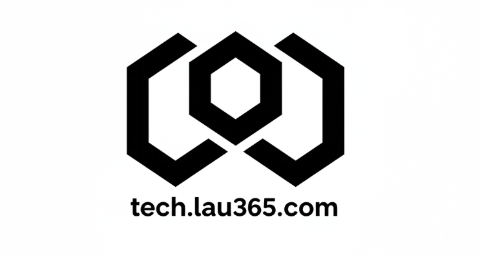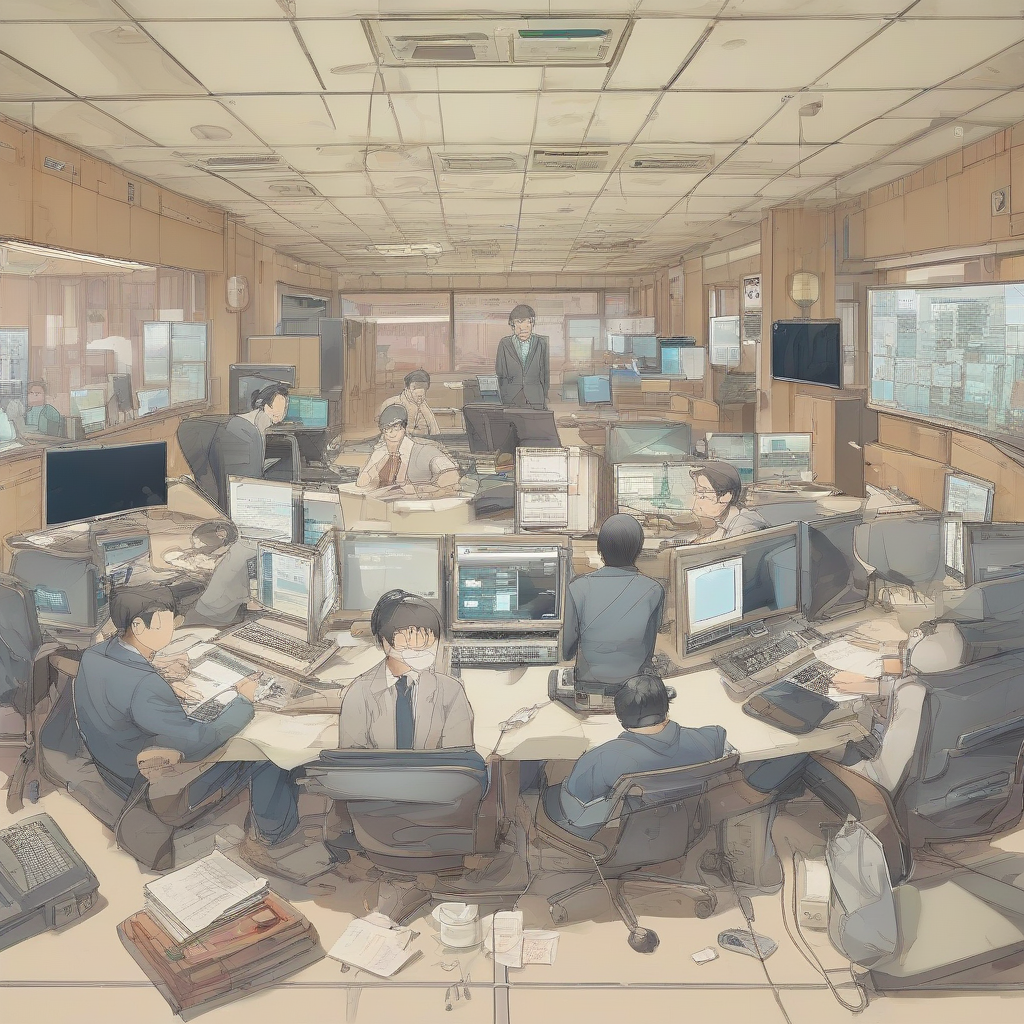South Korean Tech Giants: Innovation and Global Impact
South Korea’s remarkable economic transformation in the latter half of the 20th century is inextricably linked to its technological prowess. From humble beginnings, the nation has ascended to become a global leader in various tech sectors, boasting internationally renowned companies that shape technological landscapes worldwide. This success is fueled by strategic government investments, a highly skilled workforce, and a culture that embraces innovation.
The Chaebols: Pillars of South Korean Tech
The South Korean economic model is characterized by powerful family-controlled conglomerates known as *chaebols*. These entities have played a pivotal role in the nation’s technological advancement, investing heavily in research and development, fostering technological leaps, and driving international competitiveness. While their dominance has also faced criticism for potential monopolies and ethical concerns, their contribution to South Korea’s technological landscape cannot be ignored.
- Samsung: Arguably the most globally recognized South Korean company, Samsung’s reach extends across numerous sectors, including consumer electronics (smartphones, televisions, home appliances), semiconductors, and shipbuilding. Its innovation in mobile technology, particularly its flagship Galaxy series, has solidified its position as a dominant player in the global smartphone market. Samsung’s significant investments in semiconductor research and manufacturing have also made it a crucial player in the global supply chain for essential components.
- LG: LG Corporation, another prominent chaebol, maintains a strong presence in electronics, home appliances, and chemicals. LG’s contributions to display technology, particularly in OLED screens, have been significant, setting industry standards and influencing the development of high-resolution displays for televisions and smartphones. Its continued focus on innovation in home appliances and the development of smart home technologies positions it for continued growth.
- SK Group: SK Group’s portfolio spans energy, telecommunications, and semiconductors. SK Hynix, a subsidiary, is a major player in the global memory chip market, competing with international giants like Samsung and Micron. Their strategic investments in semiconductor technology and their contributions to the global supply chain demonstrate their significant technological influence.
- Hyundai: While primarily known for its automotive manufacturing, Hyundai’s technological advancements extend beyond cars. The company is heavily invested in robotics, autonomous driving technology, and future mobility solutions, showcasing its ambition to become a leader in the evolving landscape of transportation.
Beyond the Chaebols: Emerging Tech Companies
While the *chaebols* dominate the South Korean tech landscape, a vibrant ecosystem of smaller, innovative companies is also emerging. These startups and mid-sized companies are driving advancements in various niche sectors, contributing to the country’s overall technological strength and diversity.
- Game Development: South Korea has a thriving game development industry, producing globally popular titles that have shaped the landscape of online gaming. Companies like NCSoft and Nexon are recognized for their massively multiplayer online role-playing games (MMORPGs), influencing game design and monetization strategies worldwide.
- Biotechnology and Pharmaceuticals: South Korea is making strides in biotechnology and pharmaceuticals, with companies investing heavily in research and development of new drugs and therapies. This sector is expected to witness significant growth, further contributing to the country’s technological leadership.
- Artificial Intelligence (AI): Numerous South Korean companies are investing in AI research and development, aiming to leverage AI in various sectors, including healthcare, finance, and manufacturing. This emerging field presents significant opportunities for innovation and economic growth.
- E-commerce and Fintech: The rapid growth of e-commerce and fintech in South Korea has spurred the development of innovative companies that are disrupting traditional business models. These companies are leveraging technology to improve efficiency, enhance customer experiences, and expand market access.
Government Support and Technological Advancement
The South Korean government has played a crucial role in fostering technological advancement through strategic investments, supportive policies, and initiatives aimed at promoting research and development. This proactive approach has been instrumental in creating a favorable environment for technological innovation and the growth of tech companies.
- Investment in R&D: The South Korean government dedicates substantial resources to research and development, providing grants, tax incentives, and other forms of support to both established companies and startups. This commitment to R&D is a crucial driver of technological innovation.
- Development of Infrastructure: The government’s investment in advanced telecommunications infrastructure, including high-speed internet access, has been essential in facilitating the growth of the digital economy and supporting the adoption of new technologies.
- Education and Workforce Development: South Korea places strong emphasis on education and workforce development, ensuring a highly skilled workforce capable of meeting the demands of a technologically advanced economy. This investment in human capital is crucial for maintaining the nation’s technological competitiveness.
- Strategic Partnerships: The government actively promotes strategic partnerships between industry and academia, fostering collaboration and knowledge sharing to accelerate technological advancements.
Challenges and Future Prospects
Despite its remarkable success, the South Korean tech sector faces challenges. The dominance of the *chaebols* raises concerns about market competition and potential monopolies. Furthermore, the country needs to address concerns about overreliance on specific industries and diversify its technological portfolio to mitigate risks and ensure sustained growth. The increasing global competition in technology also requires continuous innovation and adaptation.
- Competition: South Korean tech companies face intense competition from global rivals, requiring ongoing innovation and strategic adaptation to maintain their market share.
- Diversification: Reducing reliance on specific sectors, such as semiconductors and electronics, and expanding into emerging technologies is crucial for sustained growth and resilience.
- Sustainability: Addressing environmental concerns and incorporating sustainability into technological development is becoming increasingly important for maintaining long-term competitiveness.
- Talent Acquisition and Retention: Attracting and retaining top talent in the face of global competition is crucial for maintaining the dynamism of the South Korean tech sector.
Despite these challenges, the future prospects for South Korean tech companies remain bright. Continued government support, a strong emphasis on innovation, and the country’s highly skilled workforce position it well to remain a global leader in technology. The emergence of new technologies and the expanding opportunities in areas like AI, biotechnology, and sustainable energy offer further avenues for growth and innovation. South Korea’s technological journey is a testament to the transformative power of strategic planning, investment, and a commitment to excellence.

